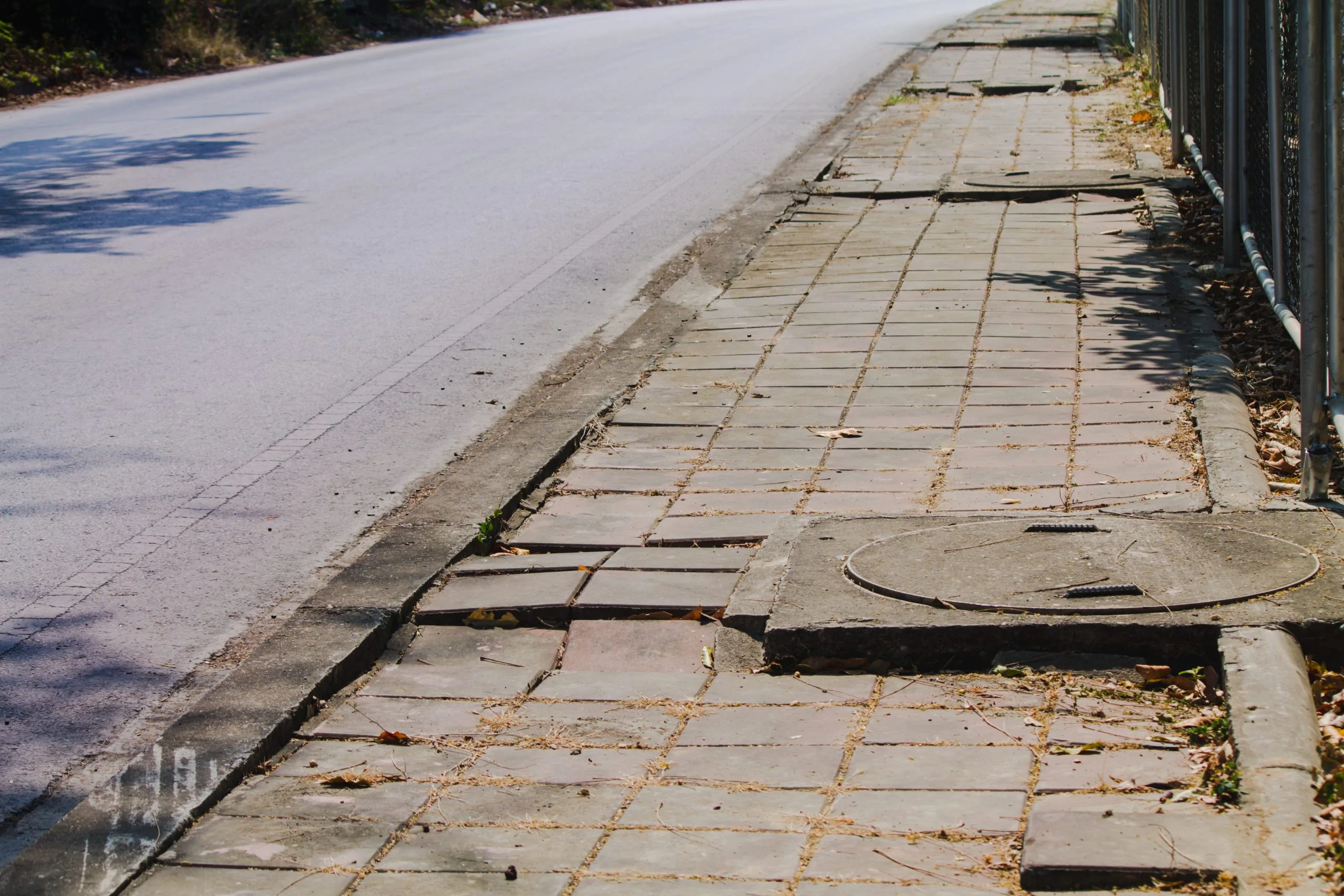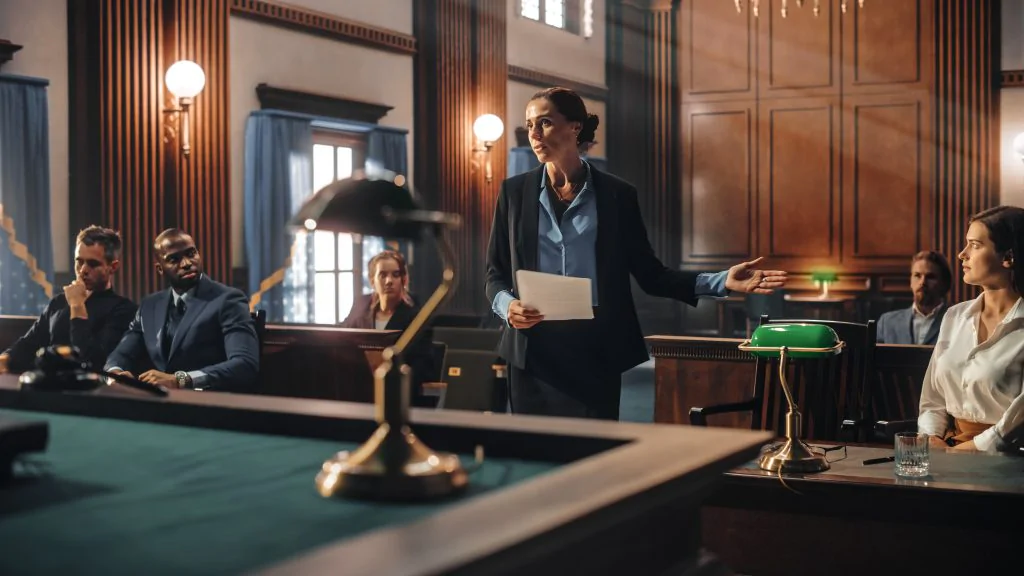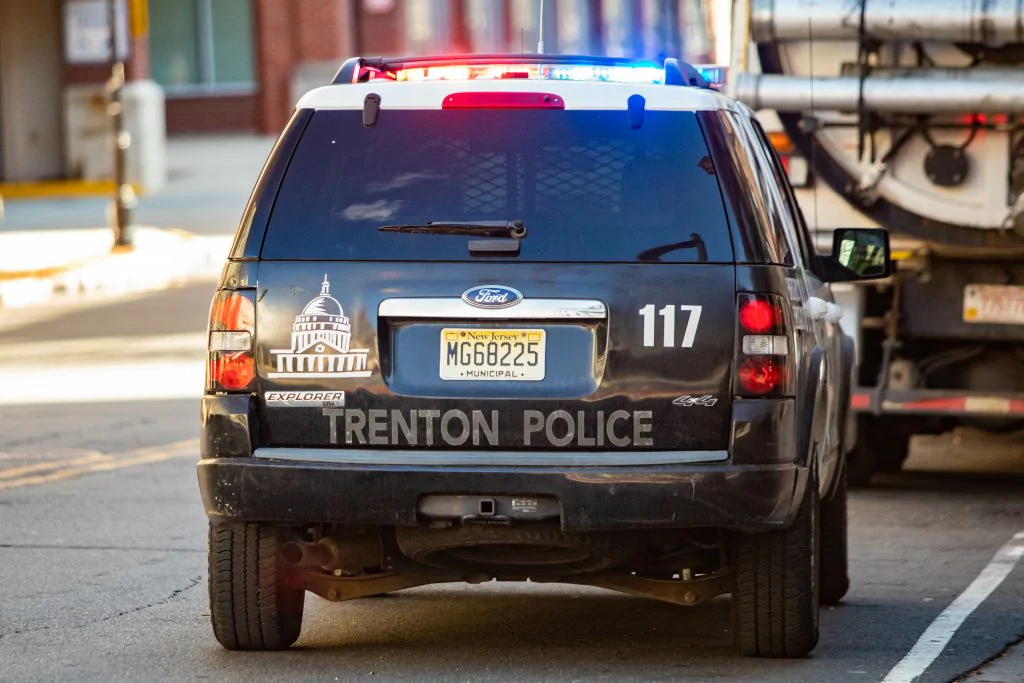Whether from negligent construction operations or lack of maintenance and repair, sidewalks can become dangerously cracked and defective. When neglected over time, the conditions grow more and more hazardous. Suffering a personal injury from tripping and falling on uneven pavement can result in filing a lawsuit against a negligent party. However, who one is able to sue for compensation depends on where the sidewalk is located.
Responsibility for sidewalk maintenance varies. In some places, uneven sidewalks are the result of negligent property owners and they are to blame for resulting injuries. Elsewhere, municipalities or city government is responsible. Sometimes more than one entity is responsible. Depending on the details of the injury, both personal injury and premises liability cases may be made.
Common Trip and Fall Injuries
New York is known for being a busy state, largely due to New York City, where residents maneuver through large crowds on a regular basis. Crowded sidewalks can prevent pedestrians from noticing any holes or defects on the ground. Hazardous sidewalk conditions include:
- Uplifted pavement from tree roots
- Large cracks from freezing and thawing
- Sinking pavement slabs due to changing soil
- Un-repaired crumbling or crevices
- Unmarked construction or warning of hazard, such as a pipe or fallen object
The dangerous conditions of a defective sidewalk can lead to:
- Broken or fractured bones
- Concussion or brain injury
- Severe sprains
- Lacerations or bruising
- Wrongful death
Even the most cautious individuals can fall victim to uneven sidewalk injuries. Some hazards are unavoidable even when pedestrians are being careful. No one should have to sustain any of these injuries due to lack of proper care for a public space. In order to understand who is responsible for a slip/trip-and-fall accident on a sidewalk in New York, one must first understand the state’s premises liability laws
New York Premises Liability Law
New York premises liability dictates that property owners have a legal duty to maintain their properties in a “reasonably safe condition. This includes repairing cracked cement and smoothing out uneven areas. They are also responsible for making sure proper precautions are taken to warn of any construction. However, the definition of “reasonably safe if often litigated in court on a case-by-case basis.
If the property in question proves to be in “reasonably safe condition, the owner cannot be held liable for any injuries. It is recommended to retain an attorney familiar with premises liability experience due to the complex and interpretive nature of these laws. The burden of proving that sidewalk conditions were unsafe falls on the victim, and the law tends to favor property owners.
Falling on another person’s property does not guarantee a successful lawsuit. The injured victim must be able to prove the following key points:
- The property owner was in some way responsible for providing reasonably safe care to the public
- The property owner caused the defective conditions, knew of them, or should have known about the dangerous conditions and failed to repair them in a fair amount of time
- The hazardous condition was directly responsible for causing the injury
- The injury sustained resulted in economic loss, pain and suffering, and/or other additional damages
What to Do after a Trip and Fall
New York’s statute of limitations gives victims three years from the date of the slip-and-fall accident to take legal action against a property owner. However, the sooner the claim is filed, the stronger the case will be. There are several crucial steps a victim should take that will help get the ball rolling:
- Call an ambulance or seek medical attention as soon as possible. It is essential to document all injuries and record all medical opinions.
- If possible, take photos or video of the exact location of the accident and any hazardous conditions. It is essential to provide pictures from the scene to prove it was unsafe. Record statements to go with the pictures as soon as possible; memory of the incident may fade quicker than expected.
- Note any witnesses and collect their contact information and statements if they are willing. Several witness statements can corroborate a strong claim.
- Keep records of any and all instances of pain and suffering endured from the date of the accident. This will help legal teams build a strong case for recovering non-economic damages.
- Consult a New York personal injury attorney with premises liability experience
Trip and Fall Cases against New York City
New York City shifted sidewalk maintenance responsibility to property owners in 2003. In certain cases, the city can still be held liable for injuries, though it’s more complicated than suing a business or property owner.
In order for the city to be held liable, the fall must have occurred on a sidewalk that:
- Is on public property or a public area
- Is not maintained up to city standards
- Is not currently under construction with clear markings and notices.
The city is responsible for maintaining safe walkways near construction zones. This includes providing clear signage or indication to warn of any damage.
The city is also responsible for sidewalks that adjoin a one, two, or three family residence where the owner lives.
As per New York City Administrative Code 7-210, public property owners (such as governments and municipal departments) are responsible for maintaining their property and providing clear warnings of dangerous conditions. It is within one’s rights to sue the city if they are injured on public property. However, there are tight deadlines for legal action.
How to Sue NYC
One must file a notice of claim with the City of New York within 90 days of the accident to preserve the right to pursue further legal action.
Victims have one year and 90 days to bring a lawsuit after filing the notice of claim. Note that this is much shorter than a regular personal injury claim’s statute of limitations of three years.
Be prepared to prove that NYC caused the dangerous conditions on the sidewalk or that NYC was aware of the conditions and failed to fix it in a reasonable time. Hire an experienced sidewalk accident attorney to help navigate complicated liability laws and build a strong case.
Failure to meet deadlines will require injured victims to go to court and request special permission to file a late notice of claim. The purpose of the notice is to permit the city to investigate the case.
Trip and Fall Cases against a Property Owner
As of 2003, owners of businesses and rental properties are responsible for maintaining sidewalks that connect their properties. If a trip and fall happened on a regular commercial property sidewalk, it is necessary to prove that the hazard was present long enough to have been fixed before the fall. This means one must prove that the owner knew or should have known that the damage was present in the first place.
Examples of Finding Proof
With surveillance technology and programs like Google Maps, property owners sometimes must admit that the damage was present for a few months or even years. Other times, personal testaments or records of calls and complaints have been recovered to prove notice was provided to the owner. Failure to act on these notices are clear evidence of negligence, but the city and property owners will always fight for the injured victim to share the blame.
Comparative Negligence in New York Trip and Fall Cases
It’s essential to understand that a slip and fall lawsuit will likely result in the property owner arguing that the accident was also caused by the injured victim. If they are able to successfully prove this, the injured can expect to lose a portion of their settlement in proportion to how much fault the court determines they share. This is called comparative negligence, or contributory negligence.
For instance, the property owner could argue:
- The victim was on a part of their property where people aren’t allowed or expected to be
- The victim was distracted or not paying attention to their surroundings
- The victim neglected to abide by signage or indicators of the dangerous condition
- The victim obviously recognized the damaged condition of the sidewalk, and continued to pass over it anyway
Based on these potential claims, it’s important to build a strong case that details the owner’s liability. It’s the job of an attorney to advocate on the injured victim’s behalf to ensure they receive maximum compensation.
Free Consultation with a New York Trip & Fall Attorney
Filing a sidewalk injury lawsuit against any property owner can be daunting—especially if the sidewalk is owned by the government. The attorneys at Sobo & Sobo are waiting to pursue your injury claim against the at-fault party responsible for your pain. We have over 50 years of experience fighting cases like yours for victims across the Hudson Valley and New York City.
Call us today at 855-468-7626 or contact us online for a free consultation.




